Humans in History
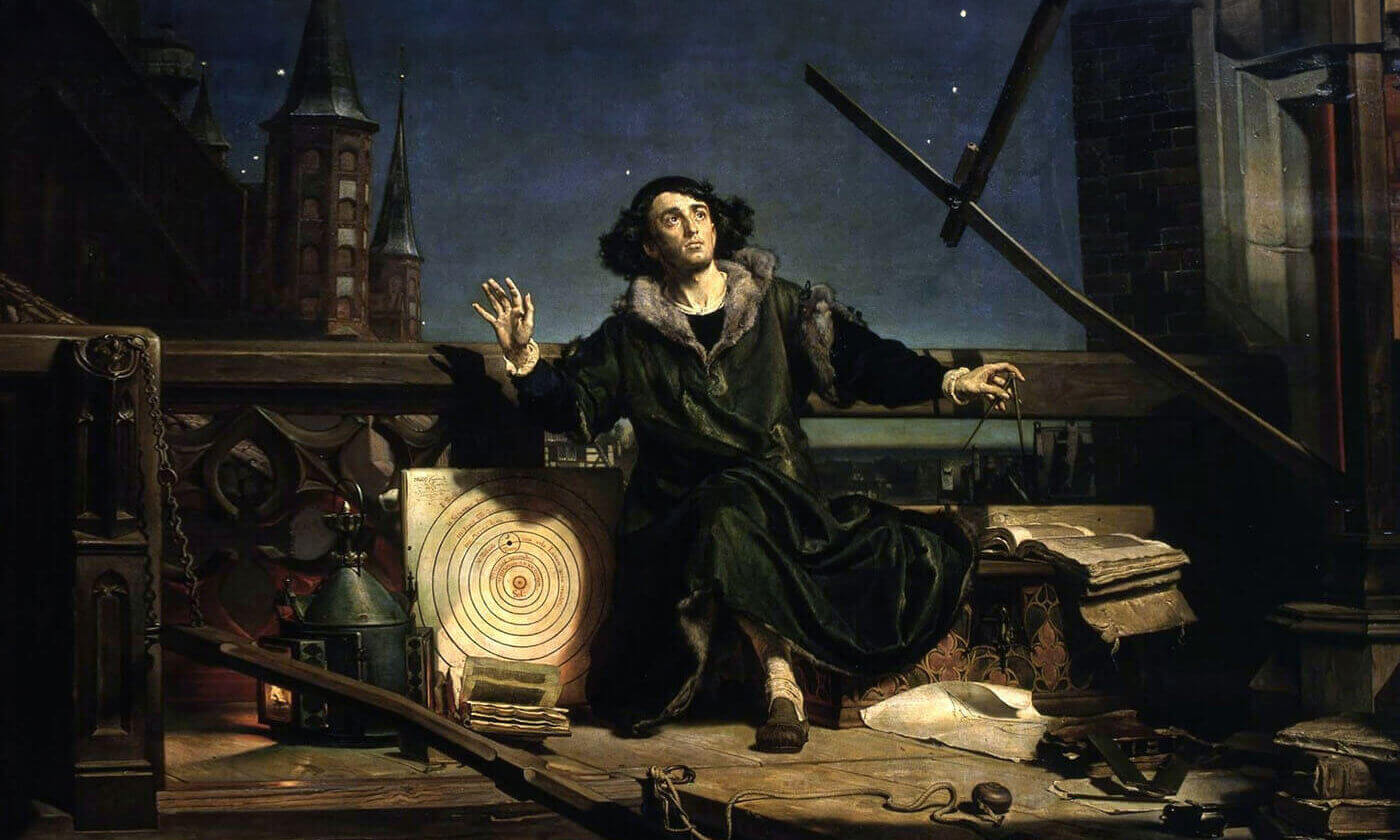
Nicolaus Copernicus was a renowned astronomer and mathematician from the Renaissance period.

In 1991, the remains of a human mummy were discovered in a glacier near the Austro-Italian border.

The Tomb of the Shroud is a first century tomb at the foot of Mount Zion in Akeldama, Jerusalem. This tomb is one of more than 70 tombs in an area known as the “Field of Blood”.

Queen Ketevan was a queen of Kakheti in eastern Georgia. In 1614, she became a prisoner of Shah Abbas I of Iran in a failed attempt to prevent Kakheti from being attacked by the Iranian armies.

The Qing dynasty was the last dynasty in Chinese history, ruling China from 1644 until the Xinhai Revolution in 1911-1912.
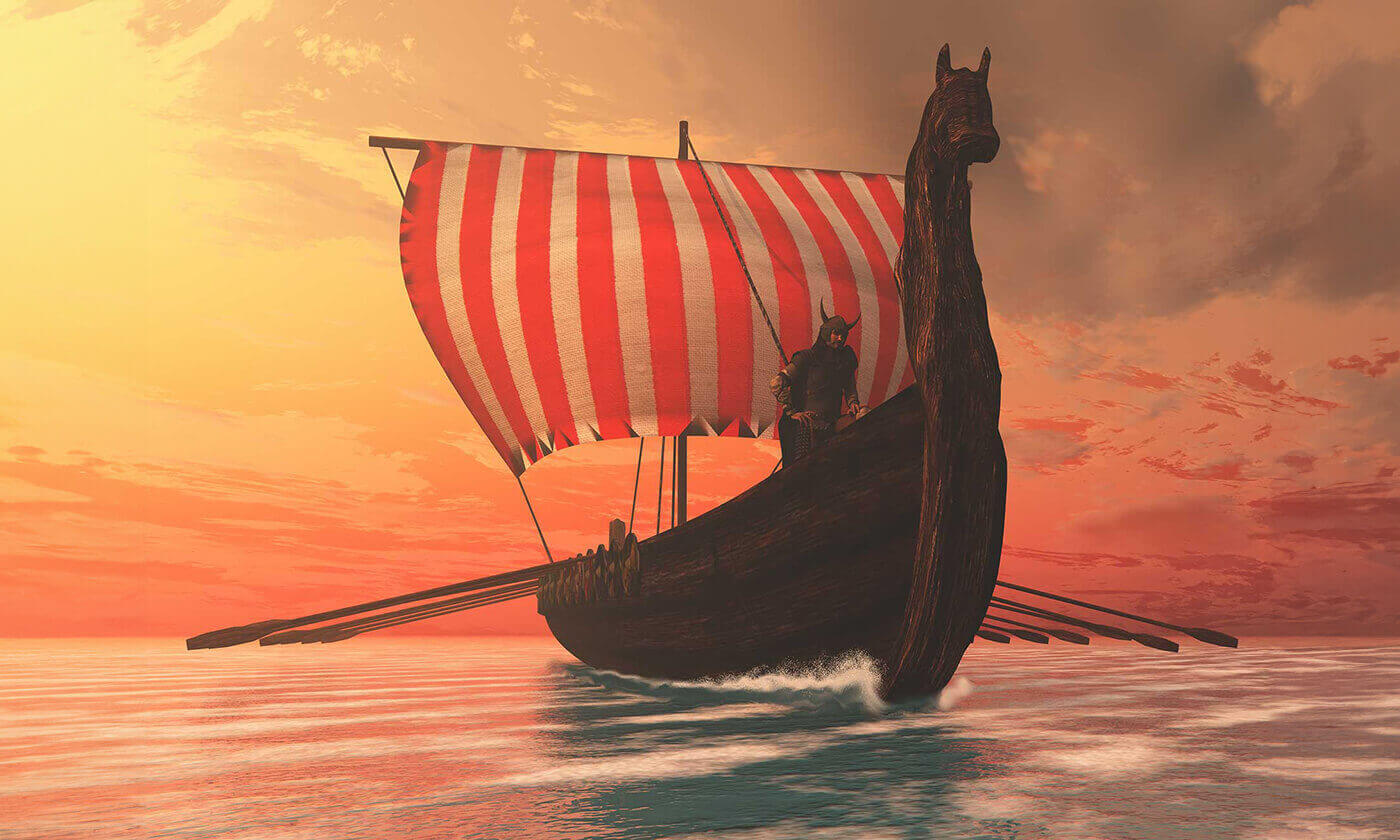
Sven Estridsen was the last Viking King of the Scandinavian Viking Era, which lasted from the 8th century to the 11th century.
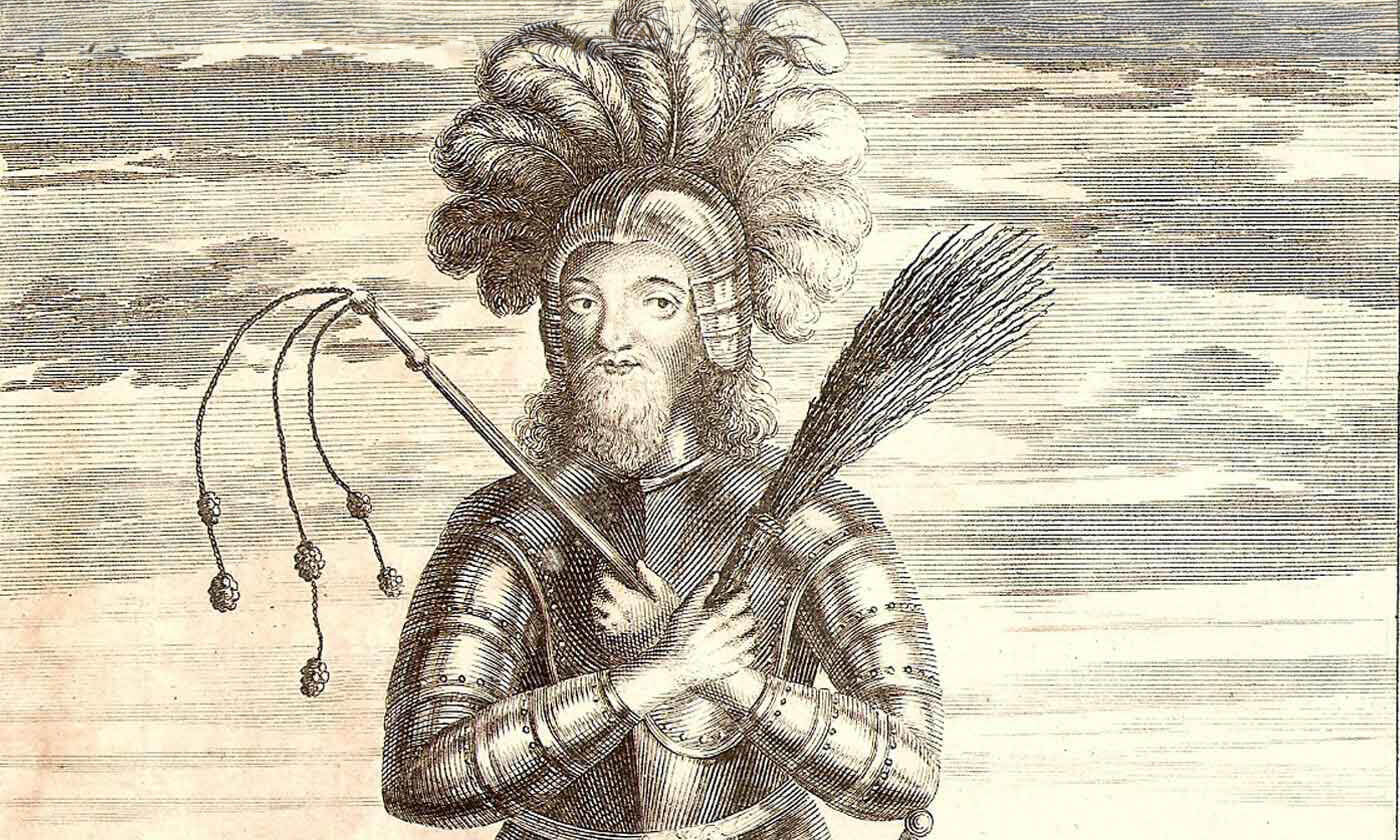
Birger Magnusson was the ruler of Sweden for nearly two decades in the 1200s. He was never a Swedish king, but held the title of “jarl”...
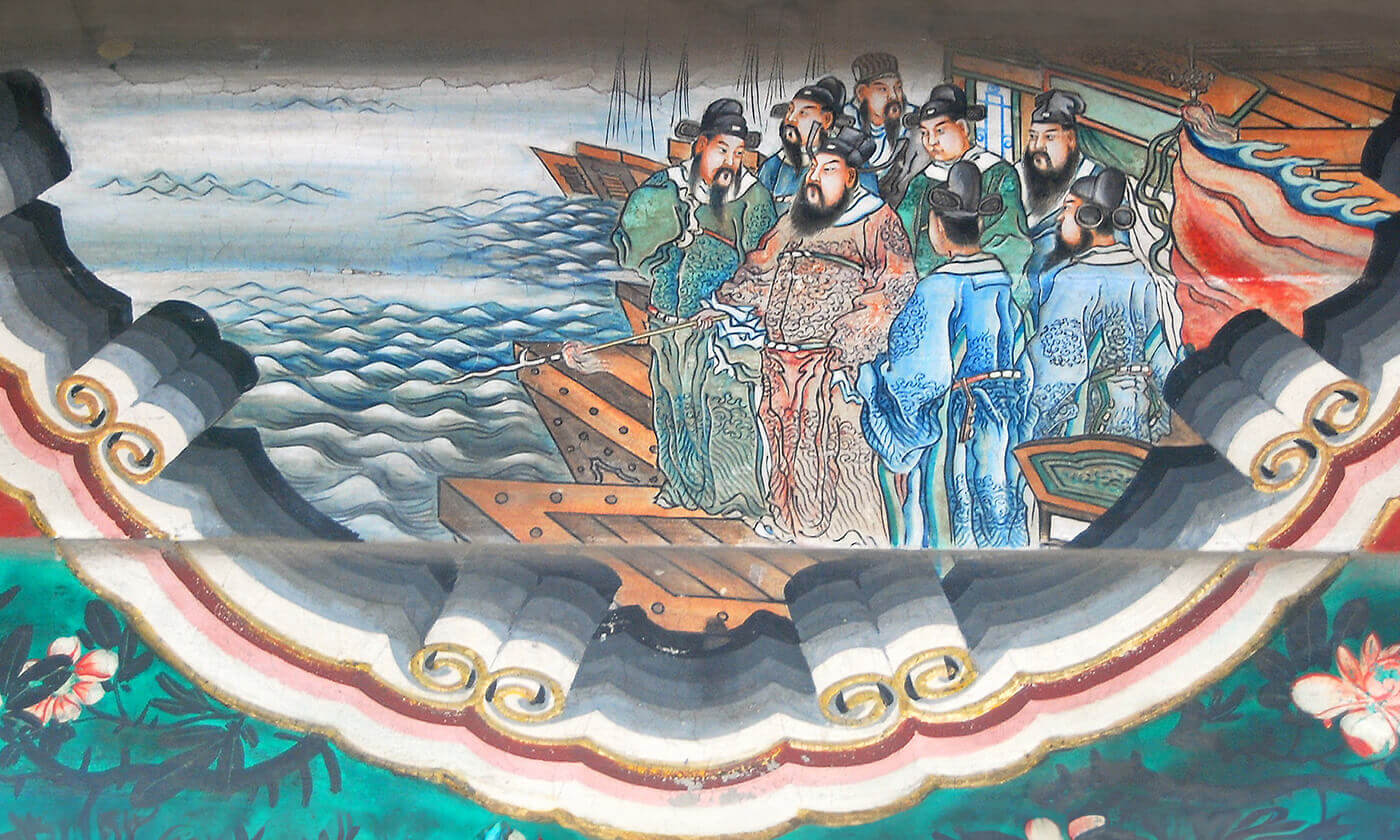
Emperor Cao Cao was a cruel and merciless Chinese warlord, but also a brilliant ruler and military genius.
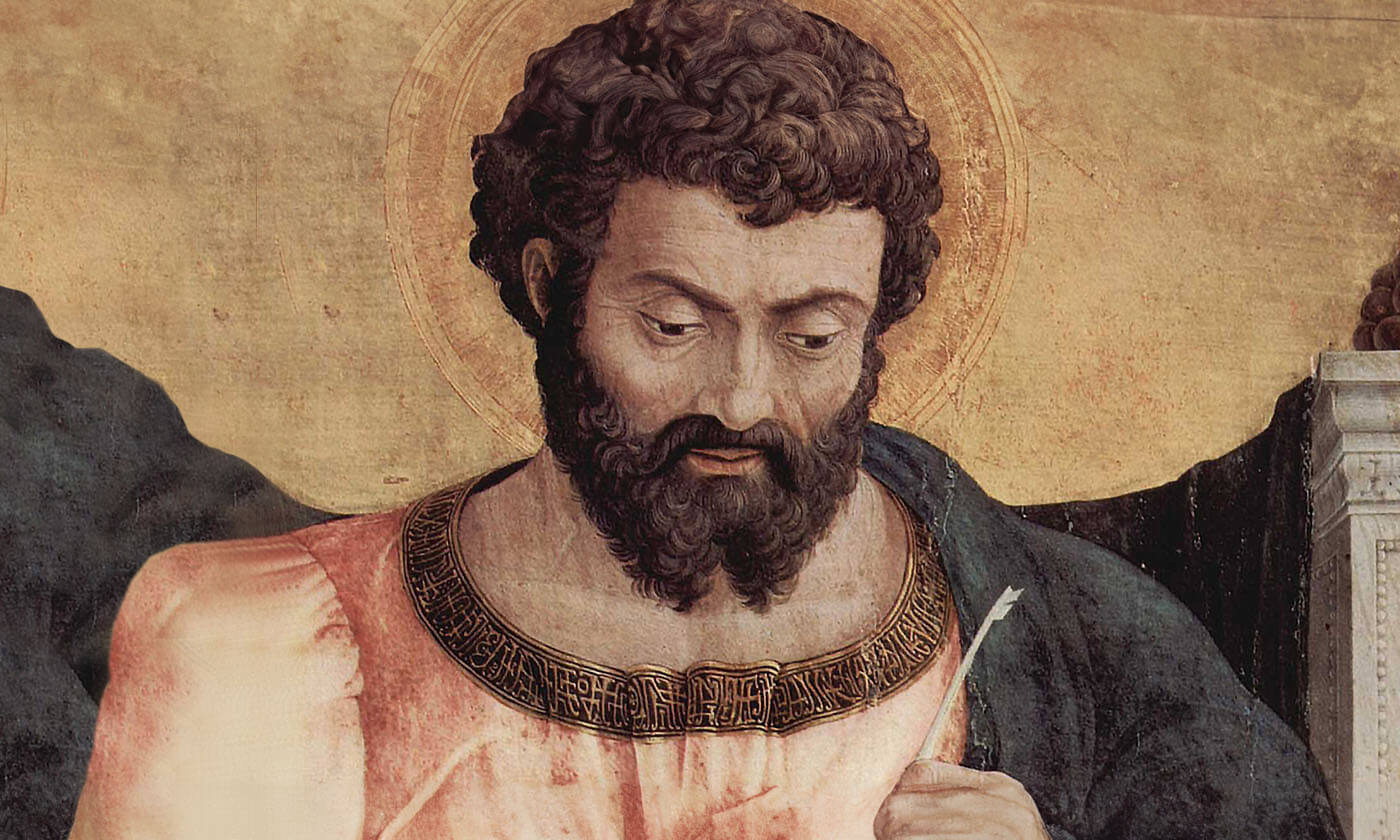
Luke the Evangelist is the patron saint of artists, physicians, surgeons, students and butchers, and his feast day takes place October 18.

Saint Leopold III was the Margrave of Austria from 1095 until his death in 1136. He was a member of the House of Babenberg.
Latest news
Researchers have uncovered multiple genes associated with needing less than 6 hours of sleep at night.
Researchers identify 21 modifiable risk factors for reducing the risk of developing Alzheimer’s disease.
Researchers link genetic changes in the region of DNA that define blood type with susceptibility to COVID-19 infections.
Must Reads
With an estimate of 26 million people having taken a DNA ancestry test, genetic genealogy has really taken off in the last couple of years.
With so many countries under lockdown, researchers from around the world are racing against time to develop a vaccine for COVID-19.

